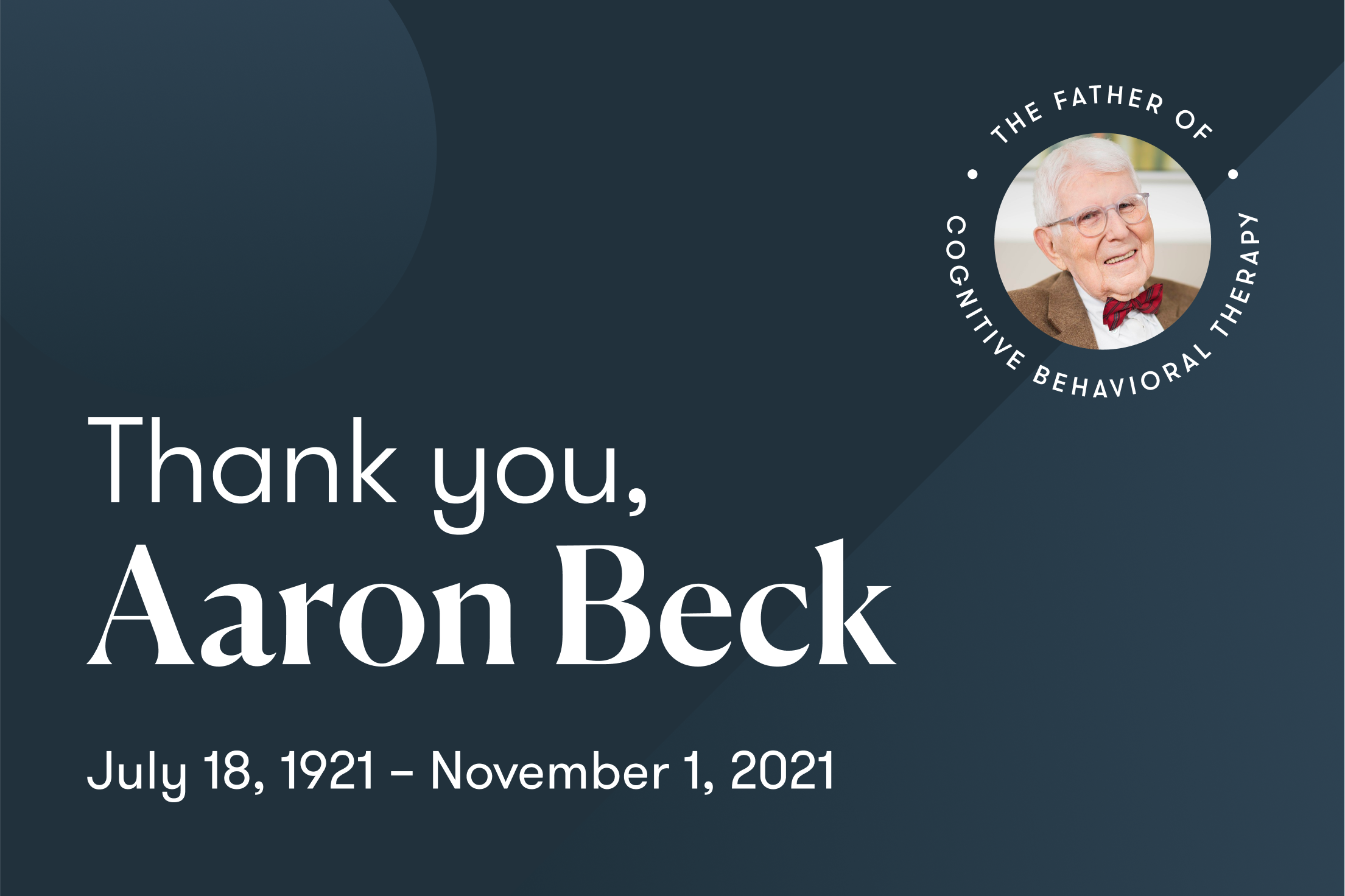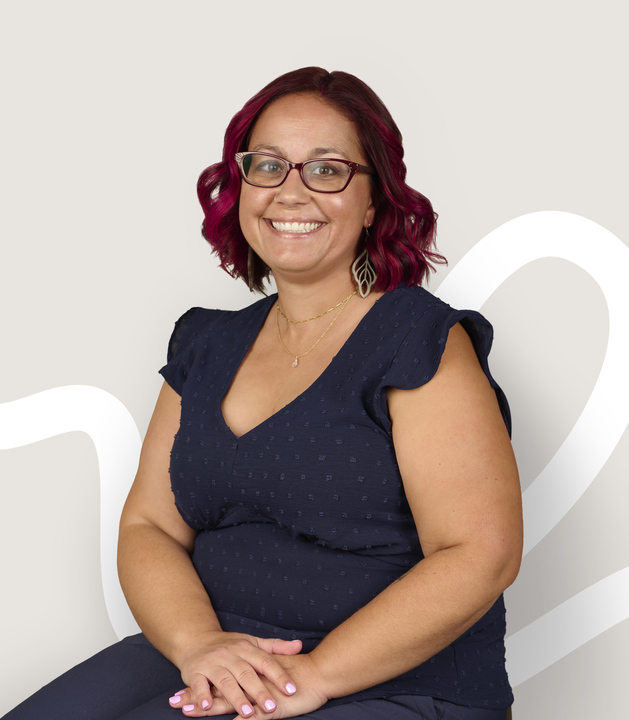
On November 1st, the mental health field lost a pioneer in psychotherapy: Aaron Beck, the creator of cognitive behavioral therapy (CBT), passed away at the age of 100.
CBT is widely considered the gold standard psychological treatment and is one of the foundational therapeutic approaches guiding our work at Twill. It is not an exaggeration to say that without Dr. Beck’s contributions to the field, many of us in the digital therapeutic space would not be here today.
“I am sure that many people share my experience of learning how to do psychotherapy for the first time by reading Beck’s writing,” said Acacia Parks, Ph.D., Twill’s Chief Science Officer. “However, for all the ways he absolutely transformed psychotherapy, for me personally and for the field in general, the most remarkable part about him was that he was a modest and inquisitive person, never assuming that his perspective was more valid than his patients’ or his students’. To be such a behemoth, and to also believe he has so much more to learn, sets Beck apart from many others of his time.”
A Revolutionary Treatment
The key ideas of Cognitive Behavioral Therapy were developed in the mid-1960s by Beck while on sabbatical from the University of Pennsylvania, where he was a member of the Department of Psychiatry.
In his private practice, Beck was treating patients for depression and began focusing on their negative thoughts in three categories—thoughts about themselves, the world, and the future. These thoughts were often distorted versions of the truth, and Beck discovered that helping patients recognize and reframe these thoughts more realistically resulted in them both feeling and functioning better.

Cognitive Model, courtesy of the Beck Institute
Beck realized that altering perceptions and patterns of thinking could drive positive and sustainable changes in behavior. This theory—that our cognitions, or how we interpret situations, factor more heavily into how events affect us than the nature of the event itself—was radical at the time. CBT emerged as an alternative to Freudian psychoanalysis and was an entirely new kind of therapy that put the patient in a more active role in their treatment.
The goal of CBT is to teach people how to identify and then tackle the problematic, automatic thoughts that cause them distress. Instead of dwelling on what in the past has led to current difficulties, CBT therapists help patients develop the skills to stop catastrophizing and irrationally ruminating so they can cope with present-day challenges more effectively.
CBT is groundbreaking in several ways: it was one of the first psychotherapies to be considered evidence-based and was the first to outperform pharmacotherapy in the treatment of depression. And it’s not just helpful for people with depression; more than 2,000 clinical trials have shown CBT to be effective in treating various behavioral and anxiety disorders, psychological problems, and even medical conditions like chronic pain. It has been successfully applied to address everything from marital distress to anger management.
How CBT paved the way for digital therapeutics
In many ways, we can also credit CBT for the growth in digital therapeutics over the last decade. Because CBT involves active participation from patients, including “homework” that is assigned to them to do outside their therapy sessions, it lends itself particularly well to a digital intervention. CBT assignments and activities can more easily be translated into digital lessons or activities, or programmed to be delivered by chatbots, than some other forms of psychotherapy.
Indeed, the most widely adopted therapeutic approach within digital mental health interventions is CBT, either on its own or in conjunction with other approaches (Twill, for example, draws from 8 behavior change sciences, but primarily CBT, mindfulness and positive psychology). In addition to informing our own work here at Twill, CBT has been the primary ingredient to many other validated digital therapeutics including Big Health’s Sleepio and Daylight, Pear’s Reset-O, and Woebot.
Digital mental health solutions that incorporate CBT also appear to lead to more positive outcomes than those that do not. And, at least when it comes to sleep, digital CBT may be the most cost effective treatment option as well.
“Part of Beck’s legacy has been to lay the groundwork for digital therapeutics.” said Jared Minkel, Ph.D., Director of Product Design and Management at Twill. “The rise of CBT and the shift from very long-term, insight-oriented psychoanalysis to more short-term, symptom-focused treatments based on established protocols has enabled companies like Twill and others to create solutions that can scale. Most prescription digital therapeutics rely heavily on CBT, but even those that don’t still benefit from the overall approach pioneered by Aaron Beck. We are grateful for his contributions and honored to continue the work he started.”
Did CBT have a positive impact on your life? Consider donating to the Beck Institute for Cognitive Therapy in honor of Dr. Aaron Beck here.
For more about how CBT works, watch this animation:
About the Author
Eliane Boucher, PhD, Senior Director of Research Strategy has a PhD in Social/Personality Psychology and spent more than a decade in academic research before joining Twill. She helps to oversee Twill's program of research, including analyzing platform data, prospective studies on the impact of Twill products in various populations, patient-centered research, and other foundational research.
Read more articles by Eliane Boucher, PhD, Senior Director of Research Strategy.

